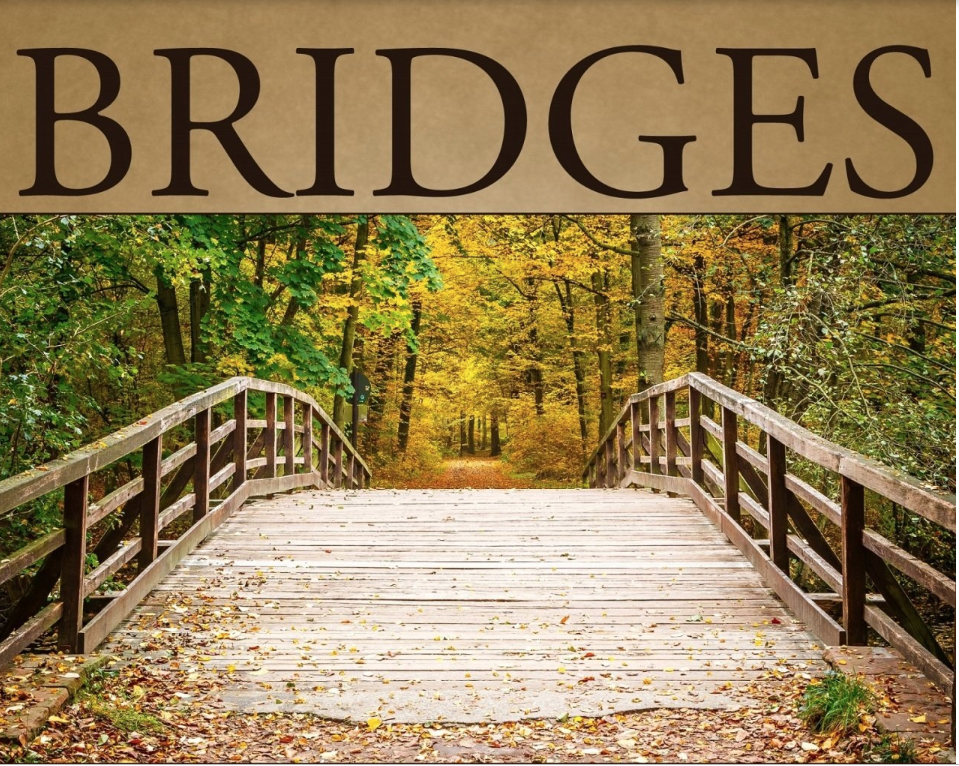Operation Inspiration
Have you ever heard someone say, “If you believe that I’ve got a bridge in Brooklyn to sell you”? If you have, or you’ve got an idea of what I’m talking about, you probably have George C. Parker to thank. Born in 1860, George was the con man’s con man.
He made his money selling things that didn’t belong to him. Not like flowers or bicycles or houses. No, he sold big things, like the Brooklyn Bridge, Madison Square Garden, the Statue of Liberty, and even Grant’s Tomb, something he did while posing as Ulysses S Grant’s grandson!
His marks were often new immigrants who were first-time visitors to New York and came with some money to start a new life here. He pulled his cons many times and once or twice the police even had to stop his scammed victims from erecting toll booths on the Brooklyn Bridge.
He was eventually convicted of fraud multiple times and sent to Sing-Sing for a life sentence. He died there but until he did he was popular with the inmates and guards as he regaled them with his stories.
The idea that someone could come to the U.S. and buy the Brooklyn Bridge was absurd so anyone who fell for his schemes was considered gullible, though his fraud involved fancy offices and skillfully forged documents. Hence the expression about buying the Brooklyn Bridge.
So how were these people fooled? The simple answer is that they wanted to believe his offer was true. To them, being able to buy this bridge from a city deep in debt and collect tolls on it was a great business plan. It would make them rich so they bought into the concept.
Even today, intelligent people have been conned into sending money to a “former General from Nigeria” looking to move money and willing to pay for help when all they have to do is send $10,000 and they’ll get back three million. Our desires for what we wish were true often overpower our common sense and we get tripped up.
So, by now I’m sure you’ve guessed my premise. I’m going to talk about how we fall for the traps of temptation because the rewards look so good, right? GOTCHA! Nope. Not this time. You may have imagined that’s what I was going to write about but maybe that’s because we like to be right and predict the outcome before it’s presented to us.
Like guessing a riddle or figuring out a puzzle, we get a rush from being smart and knowing in advance what someone else is going to say so we are often quick to assume we know what’s going to come out of their mouths. Of course, quite often, we’re wrong. It is a valuable lesson that we can all learn (myself, especially) to listen to the whole story before making assumptions. But guess what? Even THAT isn’t my lesson from the Brooklyn Bridge! I’m going to turn the tables on this one.
You see, the powerful optimism that led to these people being fooled is actually a great tool for faith and bitachon. Sometimes we have gaps in our beliefs, and greed or hope for reward may be a way to bridge those gaps. The big dreams help us suspend our logical or rational thought and when it comes to Hashem, Who doesn’t operate strictly according to logical standards, that’s a necessary component for success.
When we can imagine the bigger picture, the one that includes an omnipotent Father and King Who made the rules and can break them, we can overcome challenges and keep going. When we have dreams, we can follow them despite the odds being against us because we know nothing is impossible.
The man who came up with the idea of the bridge, John Roebling, never lived to see his dream come true. While finalizing measurements at the pier, his foot became pinned against the dock by an incoming ferry. Three weeks later he was dead of tetanus. His son Washington Roebling took over but he became incapacitated due to the dangers of the job and several cases of “the bends,” which happened when men surfaced from underwater too quickly and the gases dissolved in their bloodstreams were released.
Washington’s wife Emily ended up keeping the project going, constantly calming people’s fears and diplomatically defusing situations when politicians and others tried to put a stop to the bridge’s construction. At one point, Washington determined that the bridge needed another thousand tons of steel and the cities and state balked. Delays ensued. But do you know what?
Because it took seven extra years to build the bridge, there was time for new technological developments to be included in it, which made it strong enough to continue to carry over 100,000 vehicles and pedestrians each year even today, over 125 years later.
The Roeblings had a vision and a goal. They didn’t let the setbacks and problems stop them. They imagined the payoff at the end, a marvel then and even today, and that made all the difference.
We should build these same bridges in our minds and hearts. We must have the conviction that we can achieve miracles by putting our faith in Hashem and use the great rewards He’s promised us to reinforce our resolve. If we believe it, we can achieve it. And if you don’t believe that, I’ve got a bridge in Brooklyn that can prove you wrong.
© 2020 – All Rights Reserved
Did you enjoy this column? Feedback is welcome and appreciated. E-mail info@JewishSpeechWriter.com to share your thoughts. You never know when you may be the lamp that enlightens someone else.
